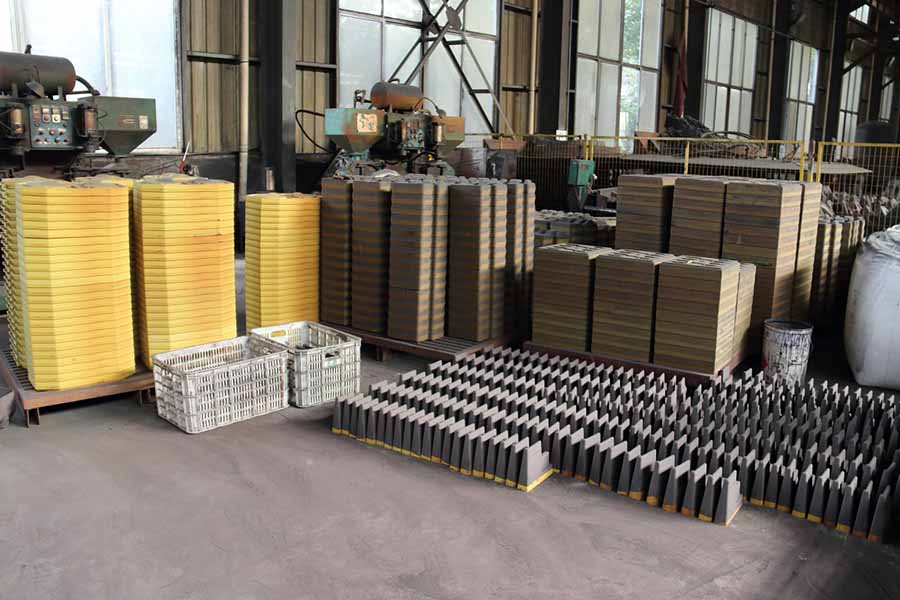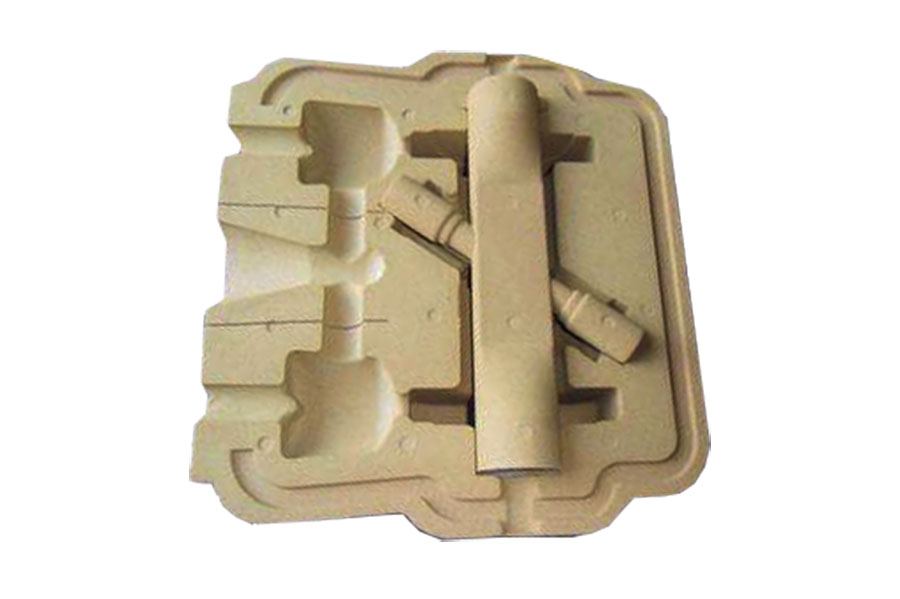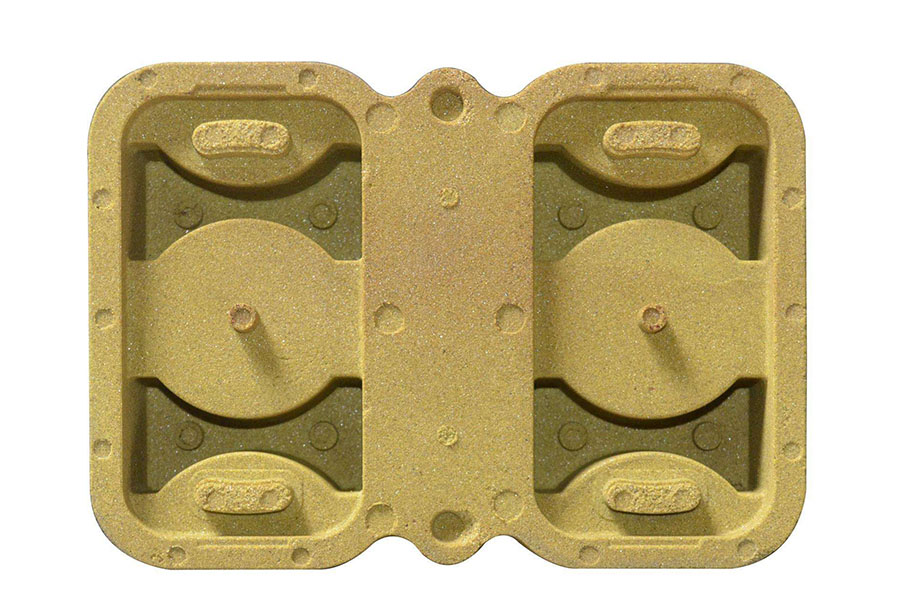Resin sand is the molding sand (or core sand) prepared with resin as a binder. The use of resin as a binder for moulding sand is a major change in the sand casting process. Since the advent of this method, it has attracted the attention of the casting industry and has developed rapidly. As the resin for casting mold (core) sand binder, the variety and quality are constantly increasing, which can meet the requirements of various casting alloys. Due to the use of resin sand, many new molding (core) processes have appeared one after another, such as shell core (shape), hot core box, cold core box, self-hardening sand core, etc. At present, the use of resin sand has become one of the basic conditions for mass production of high-quality castings. In the sand casting workshops of single-piece and mass production, the production of sand cores and sand molds with resin sand is a common technique, and the development has been particularly rapid in recent years.
Compared with other molding sand, the main advantages of resin sand are:
1. The castings have good surface quality and high dimensional accuracy;
2. No need to dry, shorten the production cycle,
3. It saves energy; the resin sand mold (core) has high strength, good air permeability, few casting defects and low rejection rate;
4. Resin sand has good fluidity and is easy to compact;
5. Good collapsibility, easy to shake off and clean up, greatly reducing labor intensity.
However, the main disadvantages of the resin sand are:
1. Because the raw sand size, shape, sulfur dioxide content and alkaline compounds can have a greater impact on the performance of resin sand, the requirements for raw sand are higher;
2. The temperature and humidity of the operating environment have a greater impact on the hardening speed and hardening strength of the resin sand;
3. Compared with inorganic binders, resin sand has a larger amount of gas;
4. The resin and catalyst have a pungent odor, and good ventilation in the workshop is required;
5. The price of resin is higher.
The most widely used resin sand is furan resin self-hardening sand. Furan resin is based on furfuryl alcohol and is named after the unique furan ring in its structure. In terms of its basic structure, there are furfuryl alcohol furan resin, urea formaldehyde furan resin, phenolic furan resin and formaldehyde furan resin. Furan resin is often used as a binder when preparing resin self-hardening sand in production. Furan resin used for self-setting sand has a relatively high content of furfuryl alcohol, improved resin storage performance, high thermal strength, but increased cost.
Furan resin self-hardening sand refers to the type (core) sand that the furan resin binder undergoes chemical reaction under the action of the catalyst and solidifies at room temperature. Furan resin sand is generally composed of raw sand, furan resin, catalyst, additives, etc. The quality and performance of various raw materials will have a great impact on the performance of resin sand and the quality of castings, so it is very important to correctly select various raw materials of resin sand.



 русский
русский



